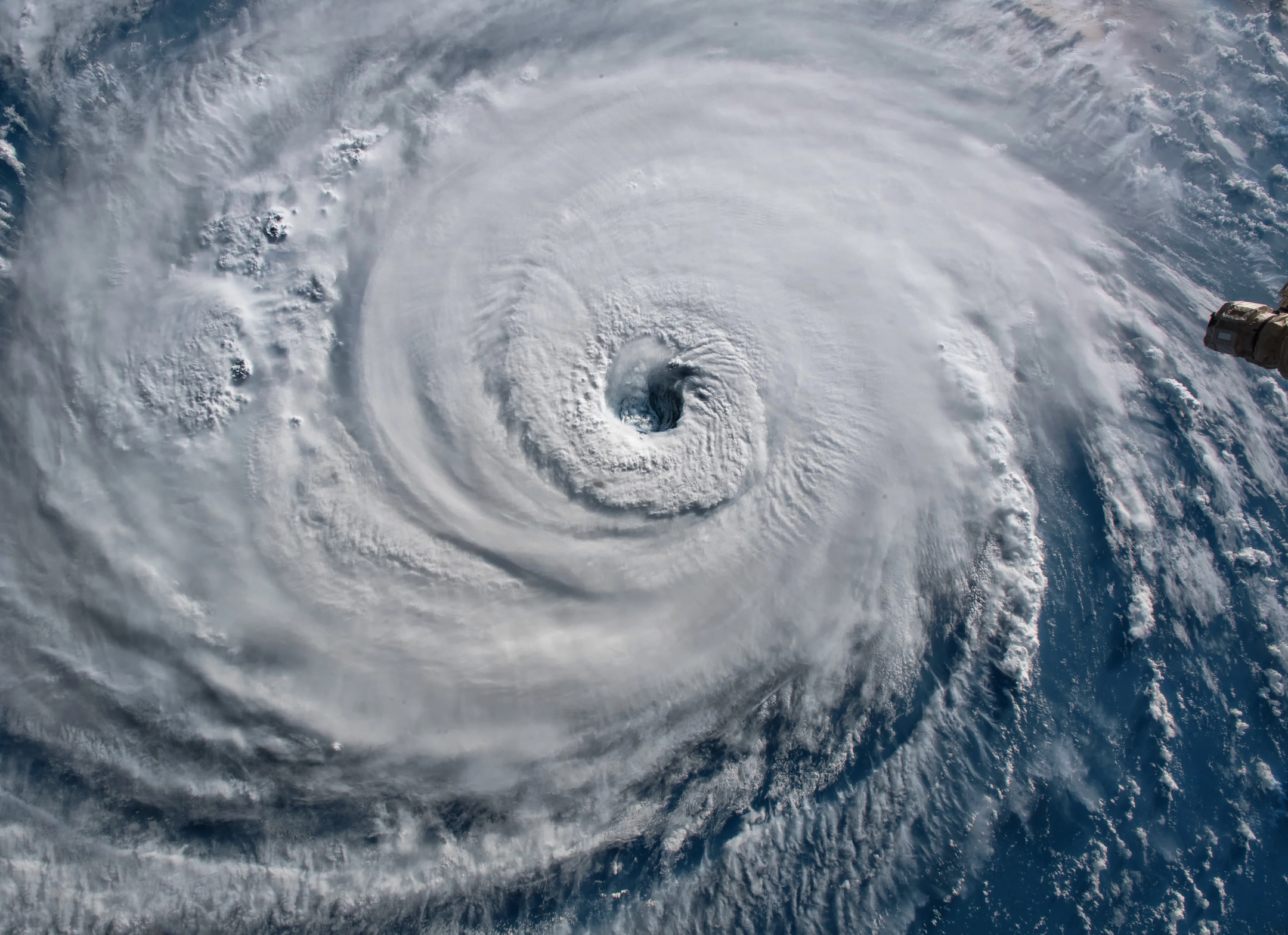
As some of the Atlantic hurricanes made their way up the northeastern coast of the United States and Canada this summer, quite a few have significantly increased the risk of dangerous rip tides along the beaches. The intense winds and low-pressure system associated with hurricanes and strong storms can drastically alter oceanic conditions, leading to the formation of dangerous rip currents.
Weather experts say that as hurricanes approach coastal areas, the strong winds of the storms churn the ocean's surface, creating turbulent water patterns. This disturbance will disrupt the balance between incoming and outgoing tides, resulting in the formation of powerful rip currents along the coastline. These rip currents pose a severe threat to beachgoers and swimmers, as they can swiftly pull individuals away from shore, leading to potentially life-threatening situations.
What are Rip Currents?
Rip currents, often referred to as riptides, are powerful and narrow channels of fast-moving water that flow away from the shoreline and into the open sea. They are a common and potentially dangerous oceanic phenomenon, responsible for numerous water-related incidents each year. Rip currents typically form when large volumes of water brought in by waves and tides find a way to escape back to deeper waters.
These currents can be recognized by their distinctive characteristics: they appear darker and choppier than the surrounding water, and they often create visible channels or "rip lanes" between breaking waves. The
force of rip currents can be deceptively strong, capable of pulling even strong swimmers out to sea.
Can Hurricanes cause Riptides?
Yes! Hurricanes can cause riptides, or rip currents, through a combination of meteorological and oceanographic factors. The mix of strong winds, storm surge, powerful waves, and coastal geography during a hurricane event can create the ideal conditions for rip currents to form along affected coastlines. These deadly beach currents can persist even after a hurricane has passed, making them a lasting hazard for beachgoers and maritime activities. Staying informed about local weather and beach advisories is crucial for minimizing the risks associated with rip currents during hurricane events.
Tips for Safely Navigating Riptides:
Dealing with riptides, requires knowledge, awareness, and a calm approach to ensure safety in the water. Here are essential steps to follow:
- Stay Informed: Before hitting the beach, check for local weather and surf conditions. Pay attention to riptide warning flags or signs posted by lifeguards. They often indicate the presence of rip currents.
- Don't Panic: If you find yourself caught in a rip current, remain calm. Panic can lead to exhaustion and poor decision-making.
- Don't Swim Against It: The most crucial advice is not to try to swim directly back to shore against the undertow’s pull. Rip currents can be deceptively strong, and fighting against them is often futile.
- Swim Parallel: Instead, swim parallel to the shore, following the coastline. This action will help you escape the narrow grip of the rip current.
- Float or Tread Water: If swimming parallel is challenging, conserve your energy by floating or treading water. Wave for assistance to alert lifeguards or nearby swimmers to your situation.
- Use Buoyancy: If available, use any flotation devices, such as boogie boards or surfboards, to help you stay afloat.
- Stay Aware: Keep an eye on your surroundings and assess the situation. Rip currents can pull you offshore but often dissipate beyond the breaking waves.
- Signal for Help: If you're unable to escape or feel exhausted, continue to signal for help and try to stay afloat. Lifeguards and nearby beachgoers can assist.
How can you Stay Weather Aware?
Because riptides can last even after a hurricane or weather event has passed, staying aware of warnings is crucial to beach and water safety. Here are ways to ensure you stay informed:
- Check Local Weather Services: Before heading to the beach, consult local weather services or apps that provide current conditions and surf forecasts. They often include information about rip tide risks.
- Pay Attention to Flags and Signs: Lifeguards and beach authorities use a color-coded flag system to indicate water conditions. A red flag typically signifies hazardous rip currents. Read and heed posted signs and warnings.
- Ask Lifeguards: If lifeguards are present, approach them and inquire about current water conditions and any specific rip tide warnings. They have up-to-date information and can offer guidance.
- Local News and Radio: Local news channels and radio stations often provide beach and surf reports, including information about rip currents.
- Community Alerts: Join local beach or coastal community groups or forums online or on social media. These platforms often share information and warnings related to beach conditions.
SERVPRO is Here to Help®
With 2300 locations throughout the United States and Canada, there is a SERVPRO near you ready to assist after storm damage strikes. SERVPRO teams are committed to being "Here to Help®" 24/7. Certified technicians are capable of addressing a wide range of cleanup, restoration, and construction needs. Whether it's a minor cleanup task or a complete reconstruction of residential or commercial properties, SERVPRO boasts a proven track record, having tackled major hurricane cleanup efforts after Hurricane Katrina and Sandy.
During a hurricane, safety takes precedence. However, once the skies clear and you confront potential property damage, reach out to SERVPRO. With over 5 decades of industry experience, SERVPRO professionals are prepared for any job, big or small. Contact your nearest SERVPRO for around-the-clock cleanup, restoration, and construction services.
For more information, visit our FAQ and Glossary.
Sources:
https://www.weather.gov/media/owlie/rip_brochure_51419b.pdf